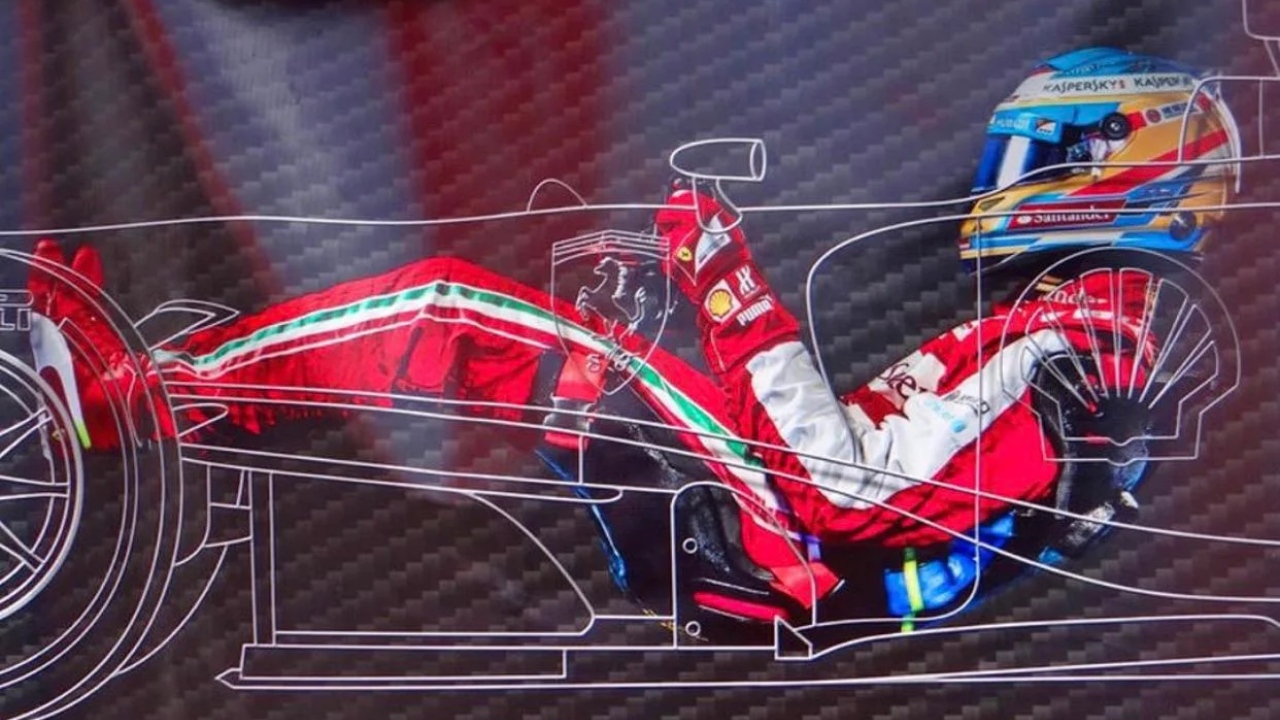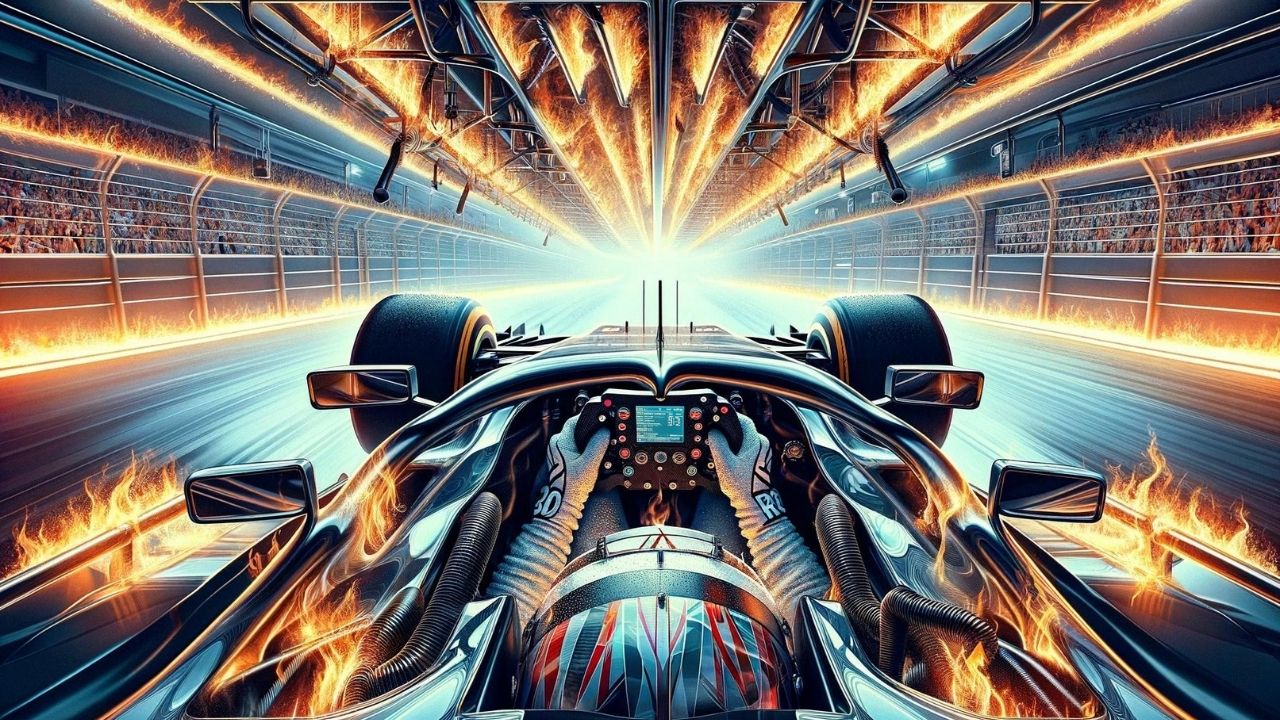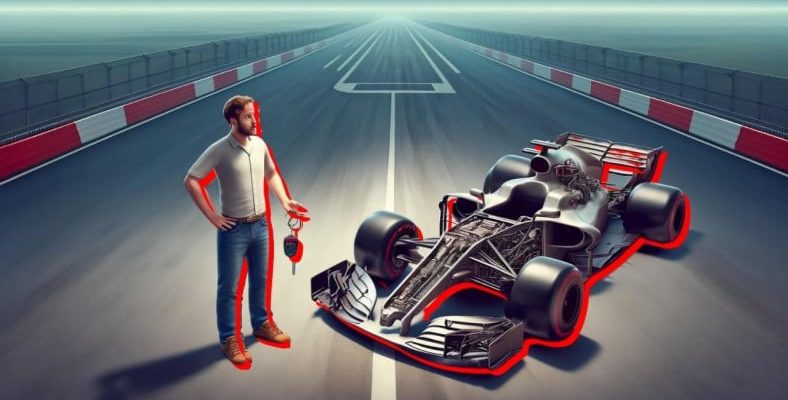Formula 1 cars stand out as highly advanced engineering marvels that only the world’s fastest and most skilled drivers can master. So why can’t an ordinary driver drive these vehicles?
Formula 1 cars are highly advanced vehicles that only the world’s fastest and most skilled drivers can master. engineering marvels stands out as. An ordinary individual attempting to drive an F1 car faces a wide range of challenges and potential risks. with dangers It would be a fraught undertaking.
In this article, we explain why an F1 car an ordinary driver We will discuss in detail whether it is suitable for
F1 car drivers receive similar training as astronauts.
Formula 1 drivers struggle with their bodies during the sharp turns and rapid accelerations of the race track. 3 to 6 G It is exposed to intense G-forces ranging from This stands out as a situation that challenges not only the physical endurance of the drivers, but also their mental resilience. Especially neck This area is one of the areas where these forces are felt most intensely, and drivers need to participate in intense exercise programs to strengthen this area.
during space travel astronauts This situation, which requires a level of preparation similar to the G-forces it encounters, requires drivers to undergo training similar to astronauts preparing for space travel, both physically and psychologically. Therefore, the training of Formula 1 drivers includes not only the skills to control the car at top speeds, but also the G-forces It includes comprehensive physical and mental training to increase their body’s endurance against the odds.
Drivers experience large amounts of dehydration.

Formula 1 athletes press the pedals lightly during every braking and acceleration. 60 kilograms They have to apply extraordinary force. Apart from this mechanical power, under the hot and stressful conditions of the race, drivers lose their body weight. to 5% They also lose critical body fluids at significant rates. This can seriously affect their performance and concentration.
Therefore, Formula 1 drivers must both cope with these intense physical challenges; as well as body fluids They are subjected to a rigorous physical preparation program to optimize their weight loss to a minimum. This is critical for them to be able to perform at the highest level at every moment of the race.
Drivers must have the experience to change technical details instantly.

The management of Formula 1 vehicles requires not only extraordinary driving skills from drivers, but also engineering and strategic It offers an extremely complex discipline that also requires the ability to think. These high performance vehicles, by hand It is equipped with operated clutches and a series of buttons that serve various functions. During the race, drivers can instantly change the vehicle’s aerodynamic settings, engine power and many other technical settings, which requires them to be much more than an ordinary driver.
The interior of vehicles contains high temperatures.

F1 cars, drivers in terms of comfort It can be very disturbing. in the vehicle heat It is very high and is designed to be lightweight according to FIA regulations. This means that the pilot will feel every pothole in the road and every vibration of the engine from his feet to his head.
As a result, for the average person to drive a Formula 1 car is extremely challenging, both physically and mentally. These vehicles are designed with a complexity and performance that only top-level athletes and experienced drivers can handle. F1 drivers have extraordinary abilities, not only in terms of driving skills, but also physical endurance, mental acuity and vehicle control.
You can take a look at our other content that may interest you:
RELATED NEWS
Why Was a Diamond Put in a Formula 1 Car 20 Years Ago and Why Was This Diamond Never Found?
RELATED NEWS
